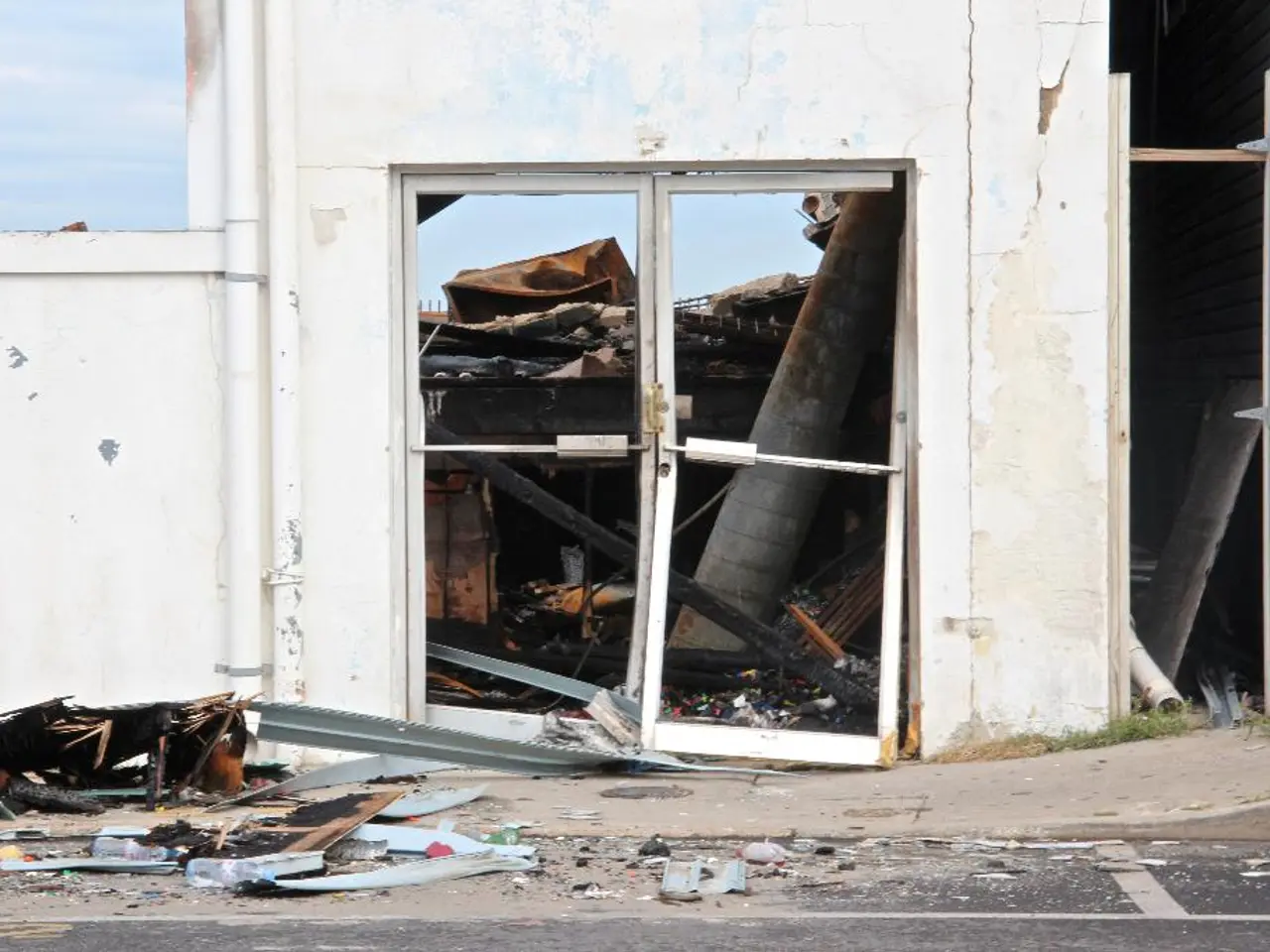Catastrophic Impact of Hurricane Katrina: 55 Powerful Images Capturing Storm's Destruction
In the aftermath of Hurricane Katrina, the city of New Orleans faced a significant transformation, with profound effects on its society, culture, and infrastructure. The storm, which struck in 2005, resulted in catastrophic flooding, population decline, and a series of redevelopment initiatives, educational changes, and government reforms.
Rebuilding Efforts
The failure of the federal levees during Katrina caused approximately 80% of New Orleans to flood, marking the worst engineering disaster in U.S. history at the time. The city's population dropped by nearly 29% between 2005 and 2011, with tens of thousands relocating permanently outside the area. Major federal, state, and local efforts focused on recovery and rebuilding, including repairs to the levee system and infrastructure. By 2011, the city’s population recovered to about 80% of pre-Katrina levels due to these redevelopment efforts. However, many residents faced more expensive housing as the loss of housing stock drove prices up, disproportionately affecting lower-income communities.
Education Systems
Post-Katrina, New Orleans underwent a radical transformation of its public education system, becoming the nation's first all-charter school district. This shift is considered a landmark reform, but some analyses highlight it as an "illusion of progress" — while the system's structure changed dramatically, educational inequality and challenges persist in the city.
Government Reforms and Governance
Katrina exposed critical failures in governance, engineering, and civic planning that contributed to the disaster’s scale. These institutional shortcomings became key reference points in evaluating metropolitan New Orleans' governance, leading to multiple reforms in disaster preparedness and urban planning. Improvements have been made in flood protection engineering and emergency management to prevent a repeat of the 2005 tragedy, but the event permanently altered how residents view and engage with local governance.
Additional Social and Economic Effects
The storm caused displacement and economic disruption, but some displaced residents who relocated to more economically vibrant regions experienced increased earnings, illustrating a complex economic aftermath. However, these economic gains were unevenly distributed socially and geographically within the affected populations.
In summary, Hurricane Katrina’s long-term impact reshaped New Orleans’ society through a combination of large-scale rebuilding, a pioneering but controversial overhaul of the education system, and significant government reforms aimed at addressing the failures that exacerbated the disaster. The event serves as a stark reminder of the challenges posed by natural disasters and the importance of effective governance, infrastructure, and community resilience.
- The redevelopment efforts post-Katrina included not only repairs to the city's infrastructure, but also educational changes and government reforms, showcasing the general-news topic of urban renewal in the context of disaster recovery.
- The aftermath of Hurricane Katrina revealed deficiencies in the city's history, politics, and civic planning, leading to substantial reforms in engineering, governance, and disaster preparedness, underscoring the significance of science and culture in shaping the city's future.








